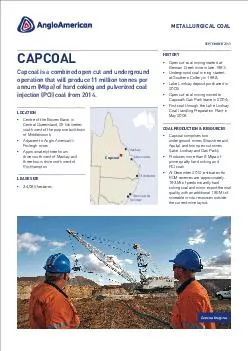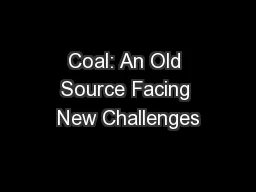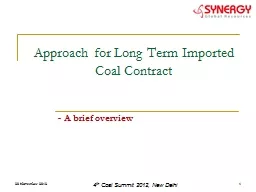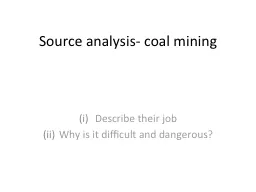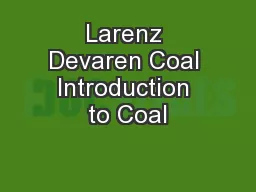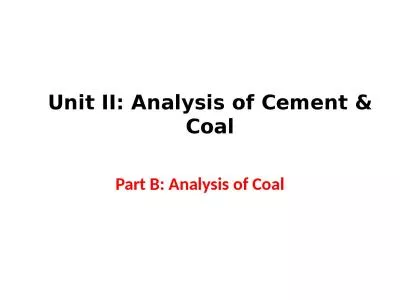PPT-Hubbert Analysis for Coal
Author : taylor | Published Date : 2023-09-26
Dave Rutledge Engineering and Applied Science Caltech Food Energy and Water American Chemical Society NOLA March 2018 How long will our fossil fuels last How
Presentation Embed Code
Download Presentation
Download Presentation The PPT/PDF document "Hubbert Analysis for Coal" is the property of its rightful owner. Permission is granted to download and print the materials on this website for personal, non-commercial use only, and to display it on your personal computer provided you do not modify the materials and that you retain all copyright notices contained in the materials. By downloading content from our website, you accept the terms of this agreement.
Hubbert Analysis for Coal: Transcript
Download Rules Of Document
"Hubbert Analysis for Coal"The content belongs to its owner. You may download and print it for personal use, without modification, and keep all copyright notices. By downloading, you agree to these terms.
Related Documents


